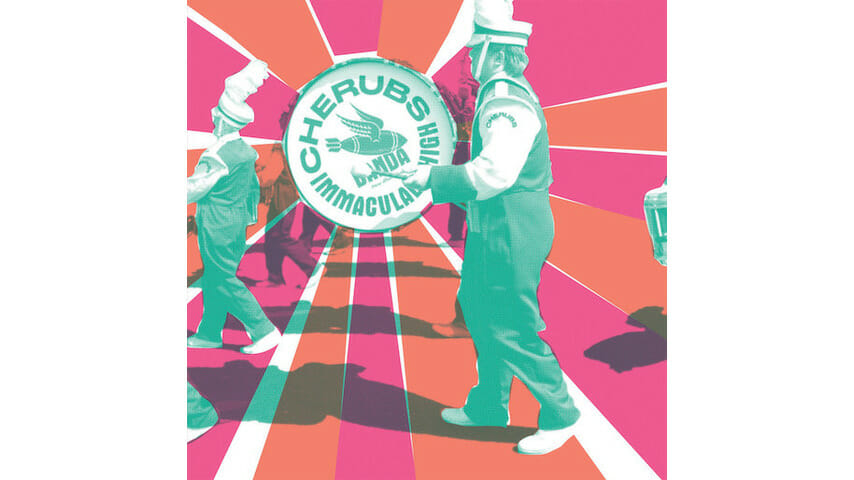No Album Left Behind: Cherubs’ Immaculada High
’90s noise rock trio continues post-reunion winning streak

Over the course of 2019, Paste has reviewed about 300 albums. Yet, hundreds—if not thousands—of albums have slipped through the cracks. This December, we’re delighted to launch a new series called No Album Left Behind, in which our core team of critics reviews some of their favorite records we may have missed the first time around, looking back at some of the best overlooked releases of 2019.
By all rights, Cherubs should have been all but forgotten by history—which is not to say that the Austin trio’s blend of noise rock and psychedelia didn’t have an impact, or that it doesn’t deserve to be remembered. If you ask modern heavy rock outfits like Red Fang and KEN Mode, or survey folks who watched as underground acts like The Jesus Lizard, Cows, Helmet, Ministry and The Butthole Surfers stormed the music industry gates three decades ago, you’ll certainly find enthusiastic praise for Cherubs. Indeed, anyone who harbors an affinity for the trudging, Sherman Tank-like cadences pioneered by The Melvins is almost certain to respond to Cherubs. (The band even reported to Paste via e-mail that Jeff Tweedy once professed his love for Cherubs’ music after a show in Chicago, way back when Tweedy was still in Uncle Tupelo.)
But Cherubs broke up just as their 1994 sophomore album Heroin Man was set to hit stores (via Butthole Surfers drummer King Coffey’s Trance Syndicate label). Famously, bassist/vocalist Owen McMahon and drummer Brent Prager got into an altercation before a gig in San Diego literally the night before the release date. The band sputtered out after just a few more shows. When McMahon, Prager, and guitarist/singer Kevin Whitley returned 20 years later, it’s not like anyone necessarily saw it coming, but it didn’t exactly come out of left field either: By the time 2013 tribute album Everyone’s Dead Before They Leave re-invigorated the trio’s sense of purpose, the members of Cherubs were already in communication with fans from around the world.
What was unexpected was the group’s hardline intention to come up with a whole album’s worth of material that would be worthy of its legacy. (According to Prager, tempting offers to reform had been coming in for years, but the band stood its ground.) So it would be too reductive to say that 2015’s 2 YNFYNYTY summoned all the gnarled fury the band was known for. The truth is, Cherubs 2.0 actually one-upped their back catalog by achieving a new level of vibrance with their sound. And they did it for a second time with this year’s Immaculada High.
-

-

-

-

-

-

-

-

-

-

-

-

-

-

-

-

-

-

-

-

-

-

-

-

-

-

-

-

-

-

-

-

-

-

-

-

-

-

-

-








































